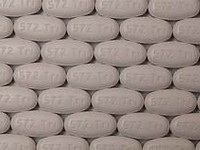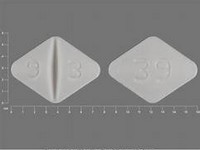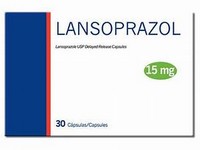vincristine sulphate

CLINICAL USE
Antineoplastic agentDOSE IN NORMAL RENAL FUNCTION
IV: 1.4–1.5 mg/m2 weekly; maximum 2 mg Consult relevant local protocolPHARMACOKINETICS
DOSE IN RENAL IMPAIRMENT
GFR (mL/MIN)
DOSE IN PATIENTS UNDERGOING RENAL REPLACEMENT THERAPIES
IMPORTANT DRUG INTERACTIONS
Potentially hazardous interactions with other drugsADMINISTRATION
Reconstition
–Route
IVRate of Administration
Slow bolusComments
May be administered into fast running drip of sodium chloride 0.9% or glucose 5%OTHER INFORMATION
Most of an IV dose is excreted into the bile after rapid tissue binding Metabolised by cytochrome P450 (in the CYP 3A subfamily). Elimination is primarily biliary; excreted into bile and faeces (67% within 72 hours, 40–50% as metabolites), 10% excreted in urine in 24 hrs
See how to identify renal failure stages according to GFR calculation
See how to diagnose irreversible renal disease
Home








